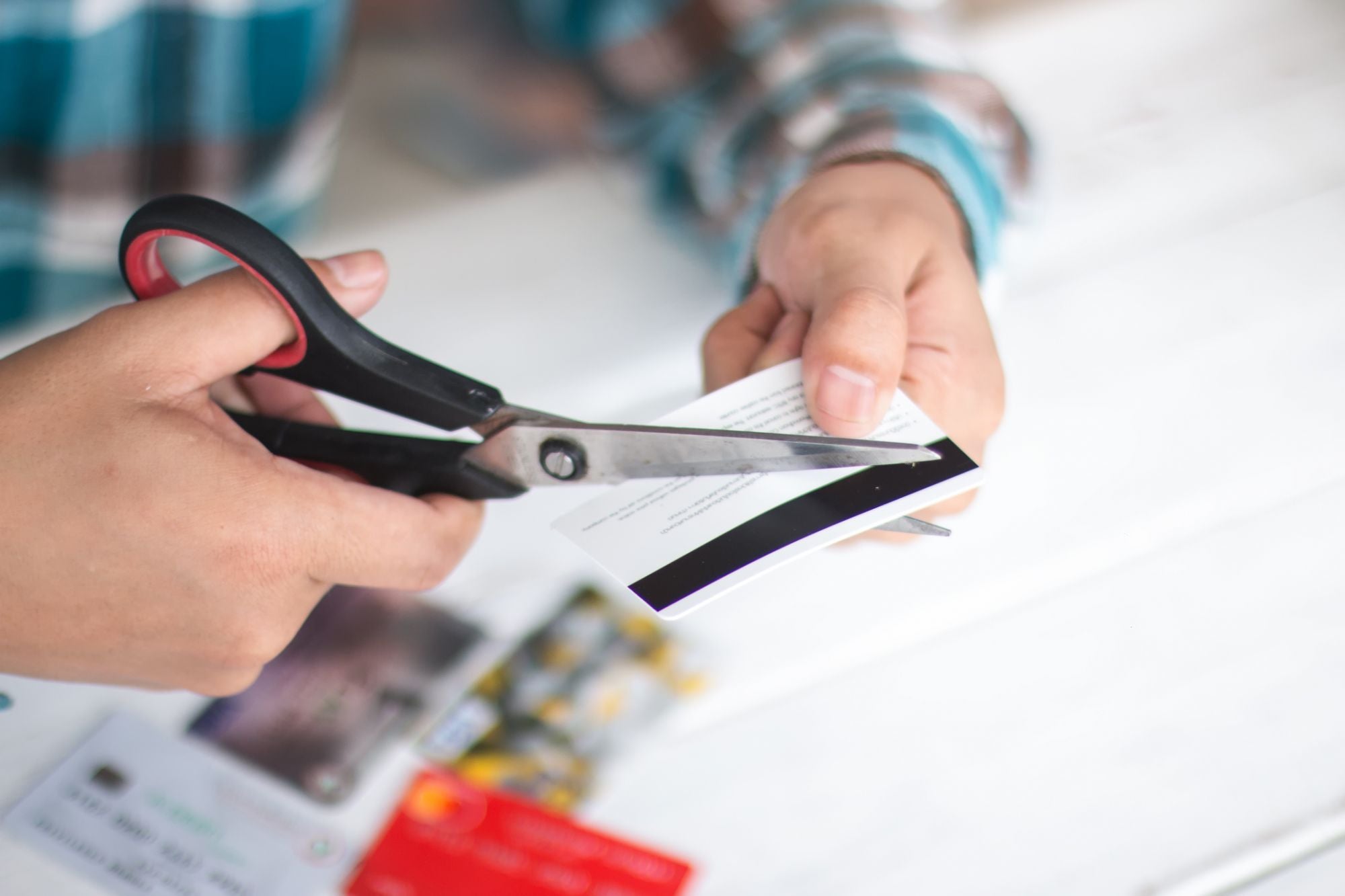
Unlock Financial Freedom: Three Simple Steps to Cut Credit Card Debt Now
By Adedayo Oyetoke, Published on: February 7th 2024 3 min, 533 word Views: 1121
In a world driven by instant gratification and seamless transactions, credit cards have become an indispensable part of our financial landscape. However, for many, they also represent a slippery slope into the abyss of debt. If you find yourself drowning in credit card bills, worry not! This blog will guide you through three simple yet powerful steps to cut credit card debt and pave your way to financial liberation.
Step 1: Confront the Beast – Understanding Your Debt
Before you embark on your debt-cutting journey, it's crucial to face the reality of your financial situation. Take a deep breath, gather all your credit card statements, and lay them out in front of you. The first step is acknowledging the numbers – the total debt, interest rates, and minimum monthly payments.
Illustration: Let's say you have three credit cards with varying balances and interest rates – Card A with a $5,000 balance at 18%, Card B with $2,500 at 22%, and Card C with $1,000 at 15%. Understanding these details will help you formulate a strategic plan.
Step 2: Craft a Tactical Debt Repayment Strategy
Now that you're armed with the knowledge of your credit card debt, it's time to develop a battle plan. There are various strategies to consider, but two of the most effective methods are the Snowball and Avalanche methods.
The Snowball Method:
Start by paying off the smallest debt first while making minimum payments on the others. Once the smallest debt is eliminated, roll the amount you were paying towards it into the next smallest debt. Repeat until all debts are paid.
Illustration: If you focus on Card C first, paying an extra $100 each month while maintaining minimum payments on Cards A and B, you'll clear the smallest debt faster, gaining momentum for the larger ones.
The Avalanche Method:
Prioritize the debt with the highest interest rate and channel extra funds towards it while making minimum payments on the others. Once the highest-interest debt is paid off, shift your focus to the next highest, creating a snowball effect.
Illustration: In our example, if you tackle Card B first by allocating an extra $150 monthly, you'll save more money in the long run by eliminating the high-interest debt sooner.
Step 3: Implement Lifestyle Changes – Cutting Expenses and Boosting Income
Debt reduction requires a holistic approach. It's not just about shuffling numbers; it's about making sustainable lifestyle changes. Evaluate your monthly expenses and identify areas where you can cut back. Maybe it's dining out less, canceling subscription services, or finding more cost-effective alternatives.
Simultaneously, explore ways to increase your income. Whether it's freelancing, selling unused items, or taking on a part-time job, every extra dollar contributes to your debt repayment journey.
Illustration: If you cut down your monthly dining expenses by $200 and pick up a part-time gig bringing in an additional $300, that's an extra $500 per month to accelerate your debt payoff.
Cutting credit card debt is not an overnight process, but with determination and a strategic approach, you can regain control of your finances. By confronting your debt, crafting a tactical repayment strategy, and implementing lifestyle changes, you'll not only pay off your credit cards but also develop healthier financial habits for the future. Remember, the journey to financial freedom begins with the first step – take it now!
